How to Wire Tweeters with Crossover to and Amp?
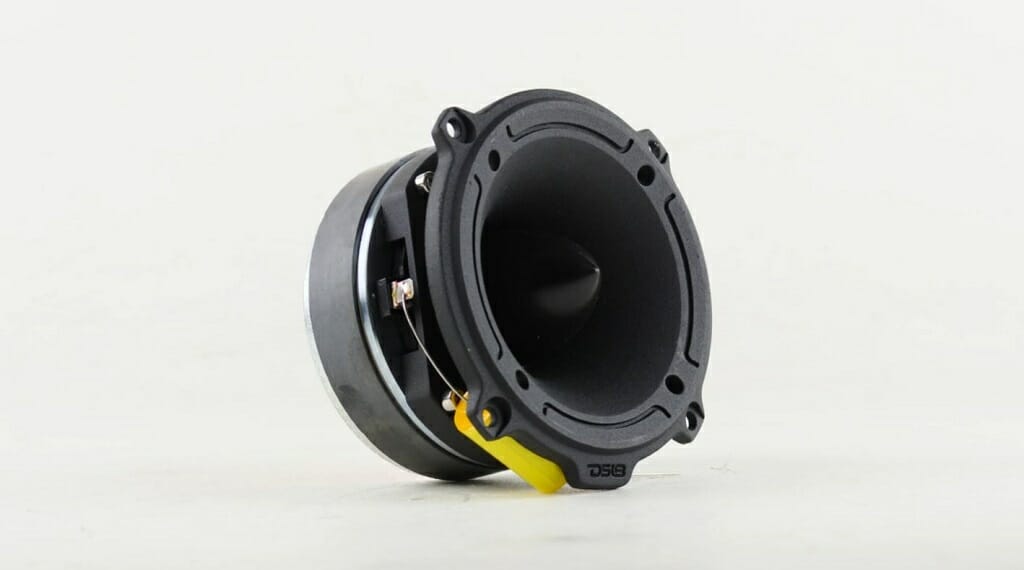
Since my first tweeter installs 15 years ago the tech has come a long way, now most modern tech tweeters come with a built-in crossover. But you might find some without a crossover. In these cases, if you know the importance of a crossover, you know not to ever install tweeter speakers without them. Today, I’m going to be focusing on how to wire tweeters with a crossover to an amp.
In general, to wire a tweeter with a built-in crossover to the amp, follow these steps.
- First, connect the crossover’s positive wire to the positive end of the amp.
- Then, connect the crossover’s negative wire to the negative end of the amp.
- Next, connect the other ends of the crossover to the tweeter (positive and negative).
- Finally, connect other drivers such as woofers or subwoofers to the amp.
That’s it. Now your car audio system will work perfectly.
Must-Have Knowledge about Tweeters and Crossovers
Before we start the wiring process, having some knowledge of tweeters and crossovers is a must.
What is a Tweeter?
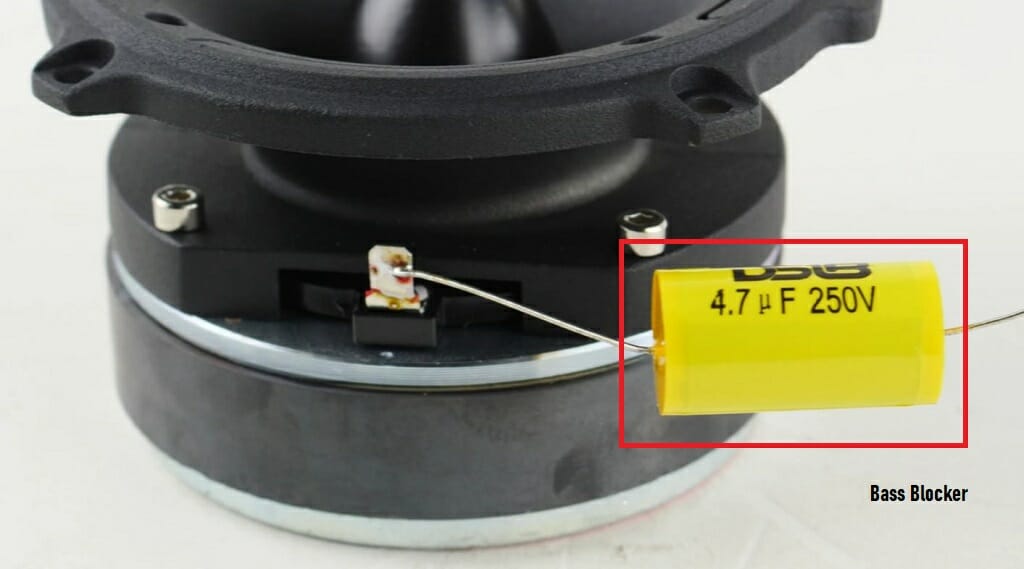
To play 2000Hz – 20000Hz high frequencies, you’ll need a tweeter. These tweeters can convert electrical energy to sound waves. For this, they use electromagnetism. Usually, tweeters are smaller than woofers, sub-woofers, and mid-range drivers.
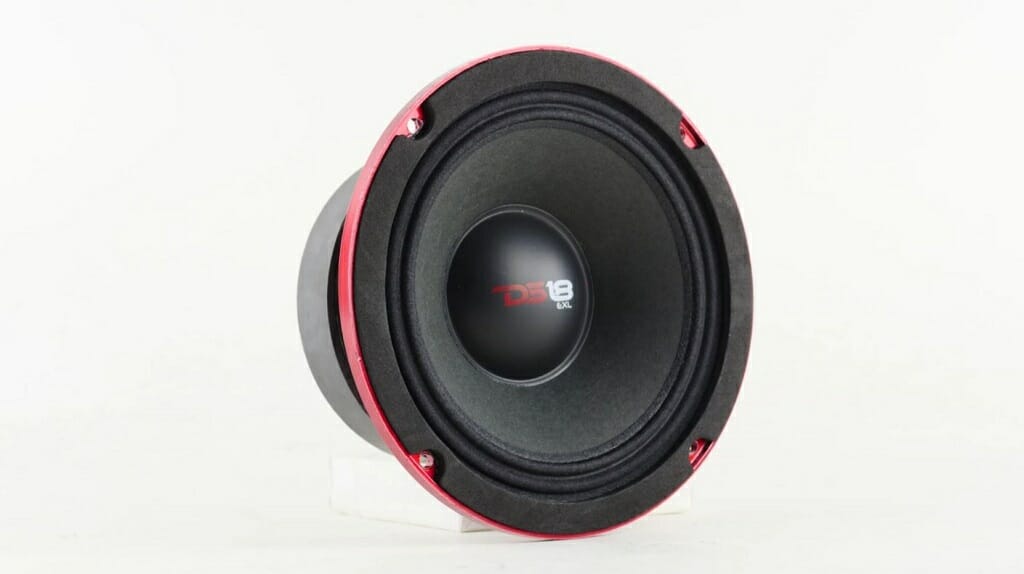
Woofers: Woofers are capable of playing frequencies from 40Hz to 3000 Hz.
Sub Woofers: Capable of playing frequencies from 20Hz to 120Hz.
Mid-Range Drivers: Capable of playing frequencies from 250Hz to 3000Hz.
As can imagine, your car audio system needs at least two or more above drivers. Otherwise, it won’t be able to catch specific frequencies.
What is a Crossover?
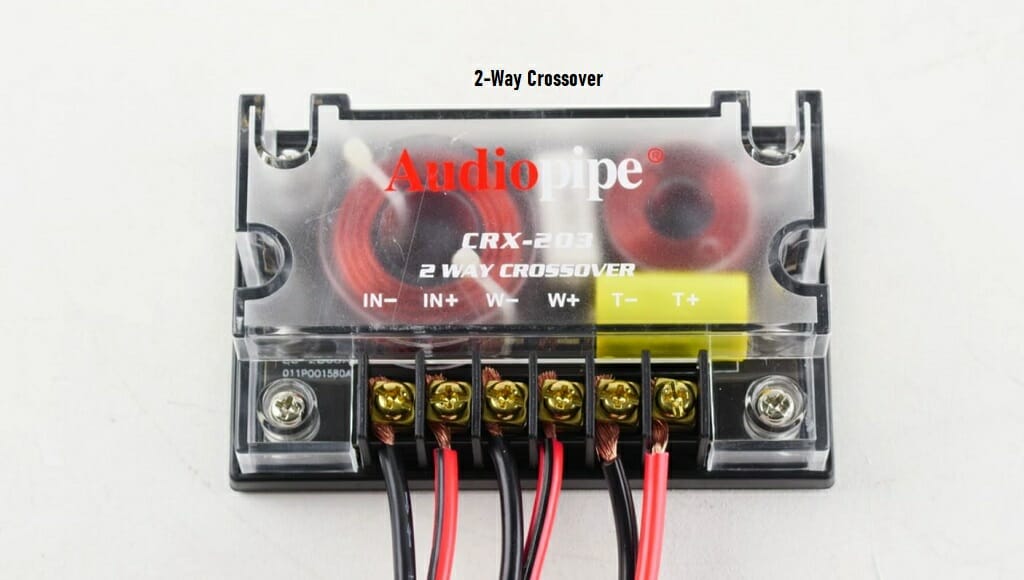
Even though component speaker drivers are designed to play a particular frequency, these drivers cannot filter out the frequencies. For that, you’ll need a crossover.
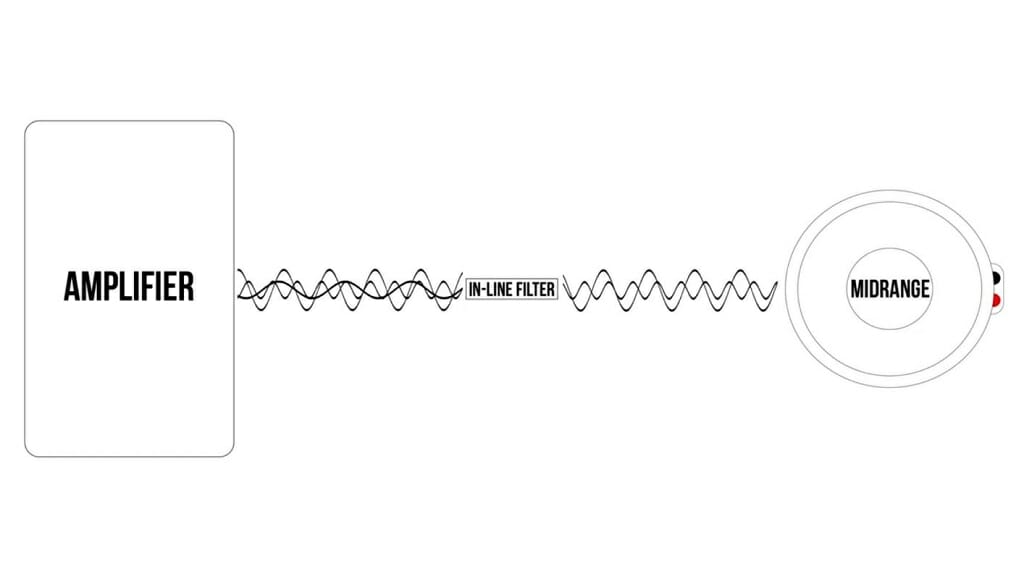
In other words, the crossover helps the tweeter grab 2000Hz – 20000Hz frequencies.
How to Wire Tweeters with Built-in Crossovers to an Amp
Depending on your situation, you might have to take different approaches while wiring a tweeter. For example, some tweeters come with built-in crossovers, and some don’t. So, in method 1, we are going to discuss built-in crossovers. We’ll focus on standalone crossovers in methods 2, 3, and 4.
Method 1 – Tweeter with a Built-in Crossover
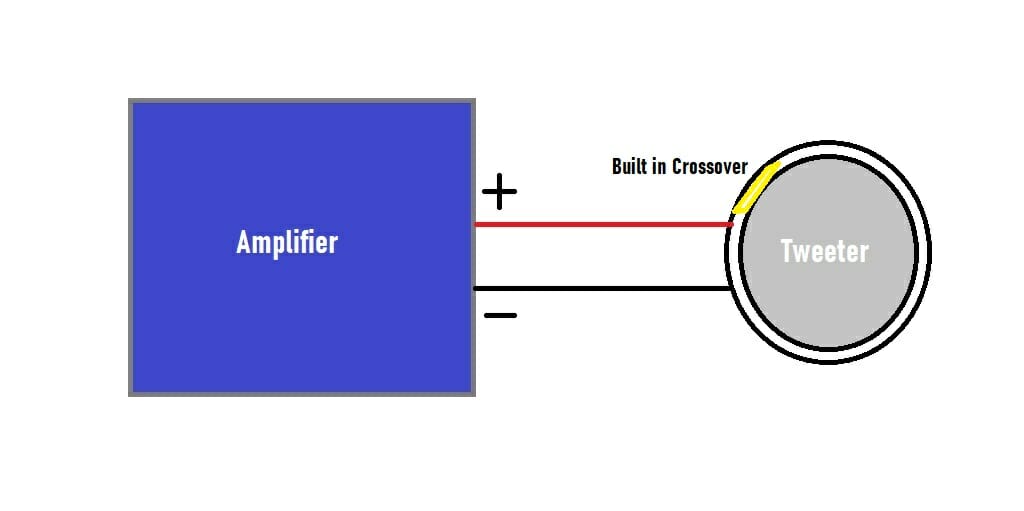
If the tweeter comes with a built-in crossover, you won’t have any trouble installing the tweeter and wiring it. Connect the tweeter’s positive wire to the positive end of the amp. Then, connect the negative wire to the negative end.
Keep in mind: In this method, the crossover only filters frequencies for the tweeter. It won’t support other drivers like woofers or sub-woofers.
Method 2 – Connecting the Tweeter Directly to the Amp with a Crossover and a Full Range Speaker
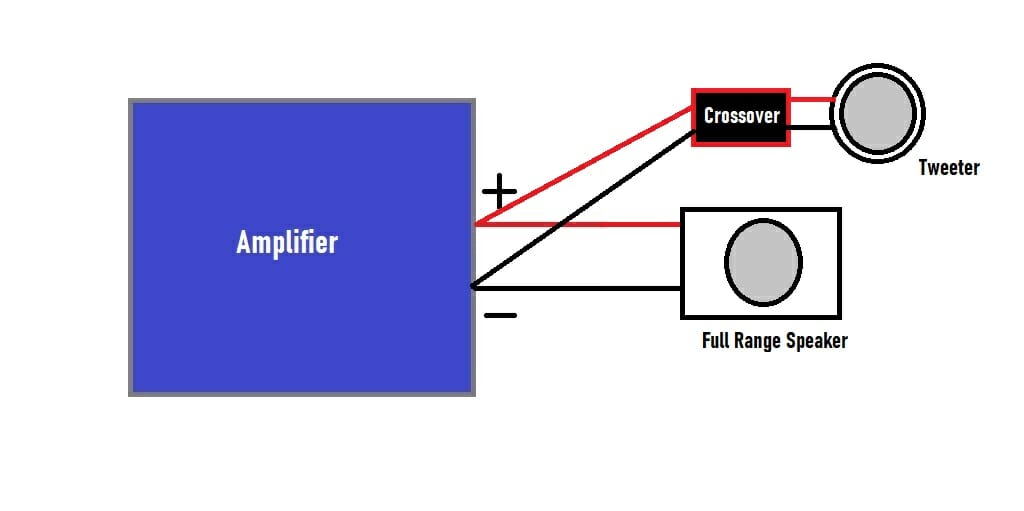
In this method, you’ll have to connect the crossover directly to the amp. Then, connect the other ends of the crossover to the tweeter. Next, connect all other drivers according to the above diagram.
This method is excellent for connecting a standalone crossover to the tweeter. However, the crossover only supports the tweeter.
Method 3 – Connecting the Tweeter Alongside with a Full Range Speaker

First, connect the positive wire of the full-range speaker to the amp.
Then, follow the same process for the negative wire.
Next, connect the crossover’s positive and negative wires to the speaker’s positive and negative ends.
Finally, connect the tweeter to the crossover. This is an excellent method to save some speaker wires.
Method 4 – Separate Connection for Tweeter and Sub-Woofer
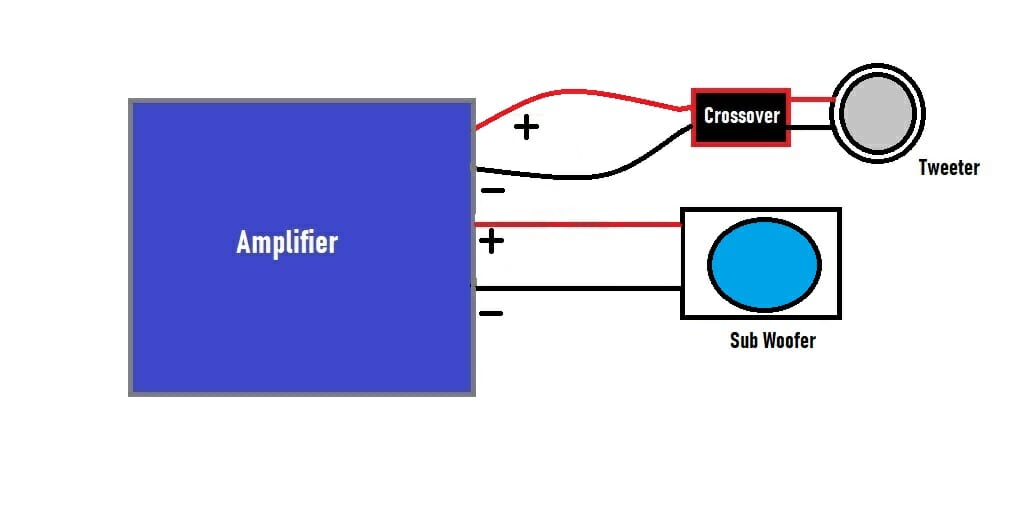
When using a sub-woofer with a tweeter, wire them to the amp separately. Otherwise, the high bass power can damage or blow the tweeter.
First, connect the crossover’s positive wire to the positive end of the amp.
Then, connect the negative wire to the negative end. After that, connect the tweeter to the crossover. Remember to connect wires according to the polarities.
Now, connect the subwoofer’s positive and negative wires to a different amp channel.
Some Tips That Can Help the Above Processes
Modern car amps come with 2 to 4 channels. These amps are capable of handling a 4Ω tweeter and 4Ω full range speaker simultaneously (for a parallel connection).
Some amps come with built-in crossovers. You can use these built-in crossovers without any issues. Always use a tweeter with a crossover. Also, never connect the tweeter and subwoofer.
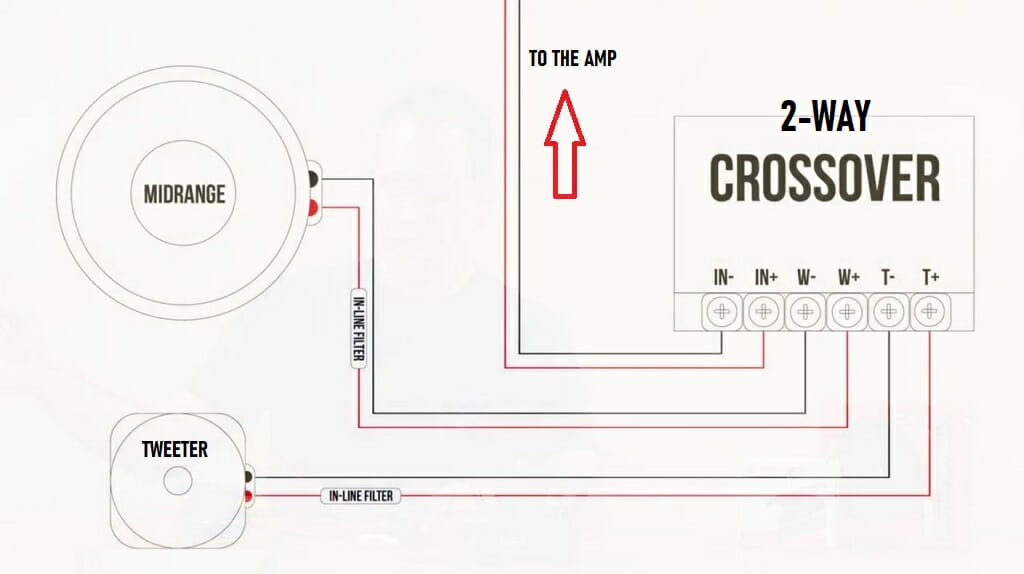
For those looking for an upgrade, it is always better to replace the original crossover with a 2-way speaker crossover.
Things to Lookout for During Wiring
Without proper wiring, you won’t be able to connect the tweeters, crossovers, or sub-woofers correctly. So, follow these guidelines for good results.
- Don’t mix the polarities of the wires. During the above examples, you might have to deal with 4 or 6 wires. So, identify the wires properly and connect wires accordingly. The red lines represent the positive wires and the black lines represent the negative wires.
- Rather than using electrical tape, use crimp connectors. They are the best options for such a wiring process.
- There are lots of different-sized crimp connectors in the market. So, be sure to buy the correct one for your wires.
- Use 12 gauge to 18 gauge wires. Depending on the power and the distance, the gauge might vary.
- Use tools such as wire strippers and crimp tools during the above wiring process. Having such tools can make a considerable difference. For instance, a wire stripper is a far better option than a utility knife. (1)
Where to Install Your Tweeters
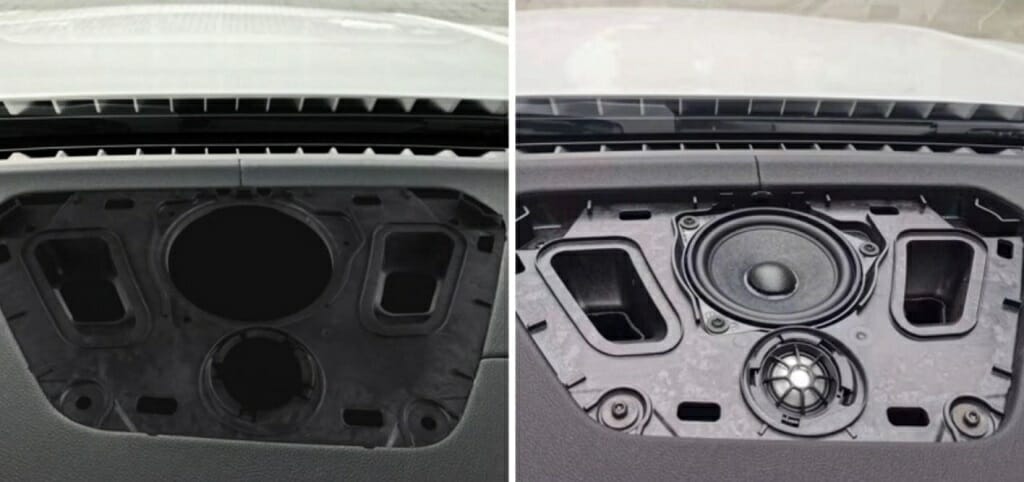
If you are looking for a place to install your tweeter try to place them around the center of the passenger and driver seats.
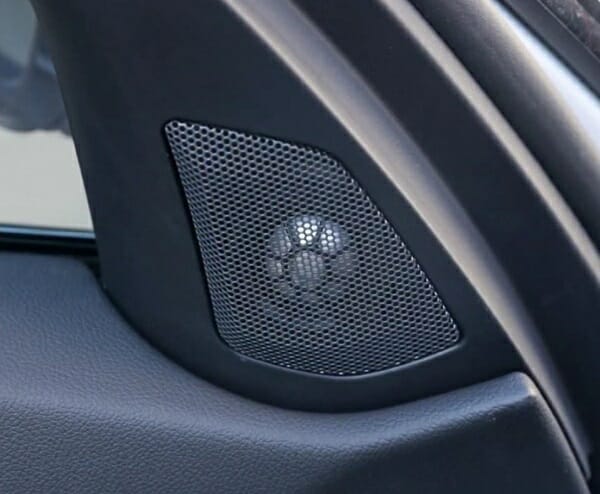
Apart from that, the car door or the side pillars near the windshield are also good locations to install your tweeter. Most factory-installed tweeters are mounted on those locations.
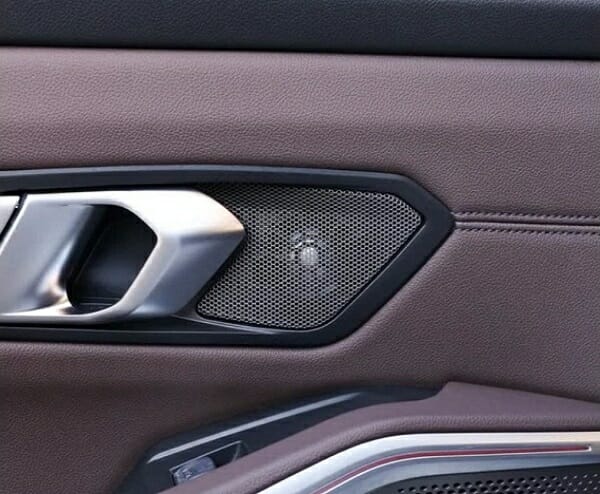
However, while installing tweeters remember to choose a location that fits you. For instance, some people do not like to mount the tweeter on the center of the dashboard. Constant sound close to ears might irritate them. The car door is the perfect place for that kind of situation. Besides, when you mount the tweeter on the car door; drilling and mounting processes are quite easy.
Can I Use Tweeters on a Monoblock Sub Amp?
A monoblock sub amp has only a single channel, and this channel is designed to produce bass. Monoblock amps do not have treble(highs). So, you cannot install a tweeter to a monoblock amp.
However, if you use a multi-channel amplifier with a low pass crossover, follow these steps for optimal performance. (2)
- When using a multi-channel amp, always connect the tweeter to a full-range unused channel.
- If you are using speakers, connect the tweeter parallel to the speakers.
- However, if the amp does not have any unused channels, you won’t be able to connect to the tweeter.
Tip: Low pass crossovers block higher frequencies and allow 50Hz – 250Hz frequencies.
Wrapping Up
Whether you buy a tweeter with a built-in crossover or a standalone crossover, you need to connect the tweeter and crossover to the amp. Connecting tweeter to an unused channel is the best way to do that.
On the other hand, if you use a sub-woofer with a tweeter, follow the above guidelines properly.
Take a look at some of our related articles below.
- How to wire tweeters without crossover
- How to wire multiple batteries for car audio
- How to tell negative and positive wire
References
(1) utility knife – https://www.nytimes.com/wirecutter/reviews/best-utility-knife/
(2) optimal performance – https://www.linkedin.com/pulse/what-optimal-performance-rich-diviney
Video References
PricedRight Sales
Uni Channel
